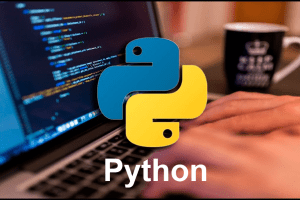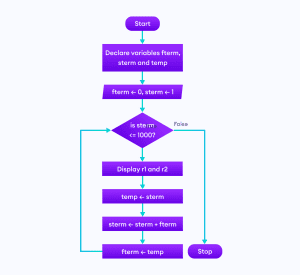Are you interested in learning a programming language that is versatile, beginner-friendly, and widely used in the software industry? Look no further than Python! With its clean syntax, extensive libraries, and powerful capabilities, Python has become one of the most popular programming languages in the world. In this article, we will explore the wonders of Python and discuss the steps you can take to become a Python master.
What is Python?
Python is an extraordinary, interpreted programming language that emphasises code readability and simplicity. It was created by Guido van Rossum and first released in 1991. Python is known for its use of whitespace indentation to delimit code blocks instead of traditional curly braces, making it visually distinctive and easy to read.

Why Choose Python?
- Ease of Use: Python has an intuitive and straightforward syntax that is easy to understand, making it an excellent choice for beginners. Its readability reduces the time and effort needed to write and maintain code, allowing for faster development.
- Versatility: Python’s vast standard library and extensive third-party modules make it suitable for various applications, including web development, data analysis, machine learning, artificial intelligence, and scientific computing.
- Wide Community Support: Python has a large and active community of developers who are constantly creating libraries, frameworks, and tools. This vibrant ecosystem ensures continuous support and encourages collaboration.

Getting Started with Python
To begin your journey to Python mastery, follow these steps:
1. Install Python
Visit the official Python website and download the latest version of Python that suits your operating system. Python is available for Windows, Mac, and Linux.
2. Choose an Integrated Development Environment (IDE)
An IDE is essential for writing, debugging, and executing Python code. There are several popular options available, such as:
- PyCharm
- VSCodium
- Anaconda Navigator
Select the IDE that best suits your personal preferences and requirements.
3. Learn the Basics
Start by familiarizing yourself with the basics of Python, including variables, data types, operators, control flow statements, and functions. Numerous online tutorials, books, and interactive courses are available to help you grasp the fundamentals.
4. Dive into Python Libraries and Frameworks
Python’s extensive library ecosystem is one of its most significant strengths. Explore popular libraries such as NumPy, pandas, Matplotlib, and TensorFlow, depending on your area of interest. These libraries will expand your capabilities and enable you to work on more advanced projects.
5. Join Python Communities and Forums
Engaging with the Python community can significantly enhance your learning experience. Participate in online forums, such as Reddit’s r/learnpython or Stack Overflow, to ask questions, seek advice, and connect with like-minded individuals.
6. Build Projects
The best way to solidify your knowledge and gain practical experience is to build projects. Choose projects that align with your interests and gradually increase their complexity over time. Building real-world applications will help you apply what you’ve learned and discover new features of the language.
Conclusion
Python’s simplicity, versatility, and robust ecosystem have made it the go-to programming language for both beginners and seasoned developers. Whether you’re interested in developing web applications, analyzing data, or delving into the world of machine learning, Python has the tools and resources to support your ambitions. By following the steps outlined in this article, you’ll be well on your way to becoming a Python master.
Take the leap and start your Python journey today!





